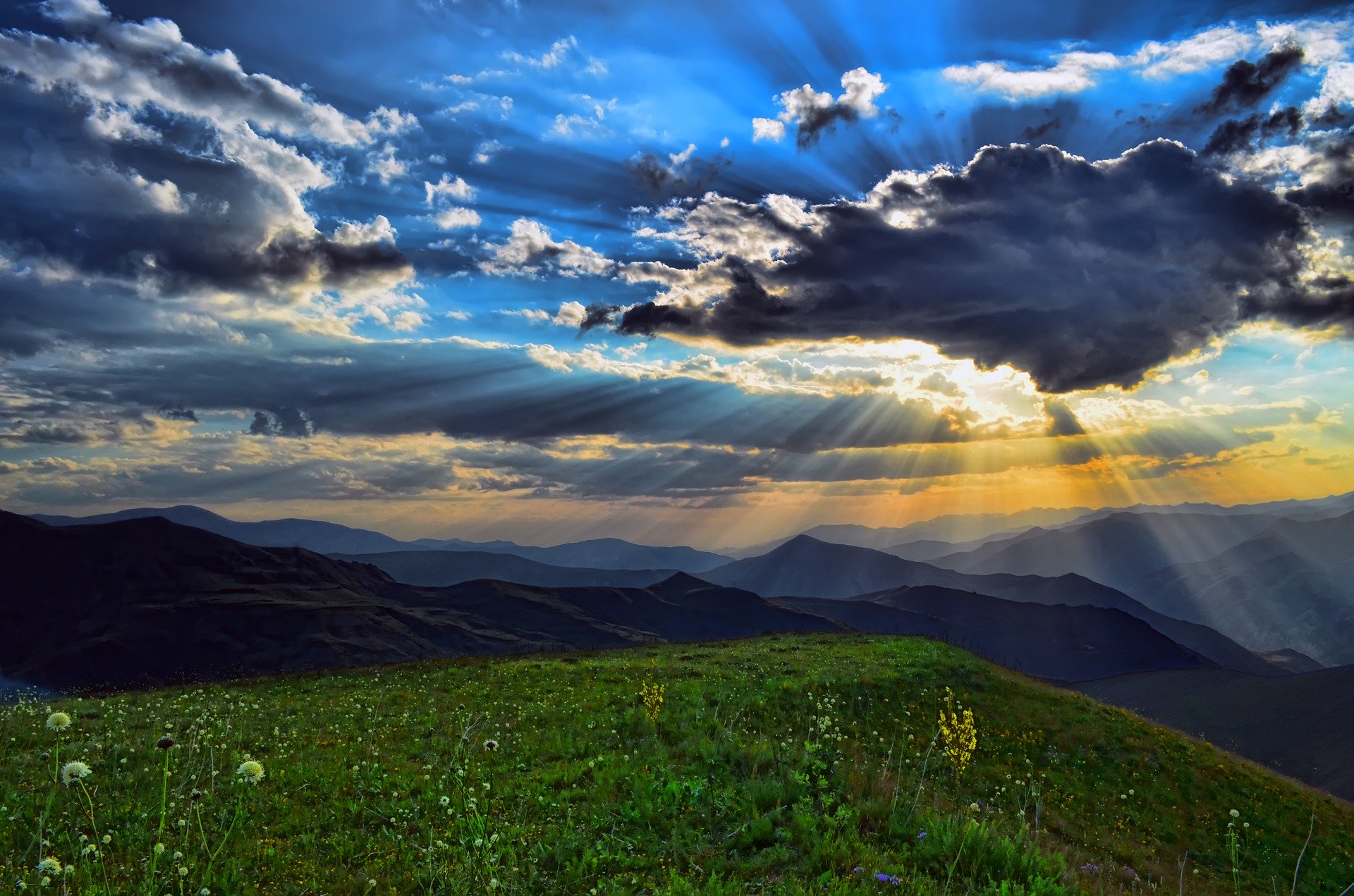Veterans For Peace, an organization that speaks truth to war like nobody else, is attempting to reclaim Armistice Day, the Nov. 11 holiday that was flipped on its head 65 years ago when it was renamed Veterans Day — and became a celebration not of the end of war but of its perpetuity.
The name change occurred in 1954. The Korean War had recently “ended,” the Cold War and the nuclear arms race were seriously revving up and, of course, that other world war, nine years past, was still vividly a part of everyone’s consciousness. There was near-infinite cynicism about the whole idea of “the war to end all wars” . . . yeah, sure, what a joke. That’ll never happen.
But in reclaiming Armistice Day — and holding events across the country honoring the current struggle to create peace — Veterans For Peace is also reclaiming a cry of pain and anger: The so-called Great War, with its mustard gas and trenches, its shellshock and influenza, its 20 million dead, was unnecessary and should have been the last. It is reclaiming a profound, global commitment to War No More.
Veterans Day celebrates — glorifies — the past. Armistice Day speaks to, and attempts to create, the future. What is peace? How can it happen? The question hovers like a star.
Writing on Nov. 11, VFP executive director Garett Reppenhagen put it thus: “We absolutely need to start pushing back on militarism in all its forms and regardless of who is in the White House. Not just on gross displays like Trump’s proposed circus but on how we organize and how the effects of militarism show up in all of our spaces and communities. The reality is that almost EVERY SINGLE domestic platform on a progressive agenda can be funded by the overinflated military budget.”
On this reclaimed American day of peace, this day of looking at what we must do, I attended an Armistice Day event in Chicago, sponsored by the local VFP chapter. To a large extent, the focal point was the city’s schools and the needs of its children. Not coincidentally, a Chicago Teachers Union strike had just ended. The union’s demands were more than better pay and benefits for teachers, but such matters as:
“All students need individual attention from their teachers. We cannot provide that level of attention when we have more than 40 students in a kindergarten or any other class.”
And, in a system that recently made a $33 million agreement with the Chicago Police Department for policing in schools, the Teachers Union called for “hiring social workers, counselors, nurses, other clinicians at national recommended ratios; hire more case managers; full-time librarian and Restorative Justice coordinator in every school.”
This is the future, created one brick at a time. We can’t “celebrate” peace without asking what it requires. Indeed, peace is about asking the big questions. This is where it begins. Peace is always a work in progress.

One of the panelists at the Armistice Day event was part of an organization called Voices of Youth in Chicago Education, or VOYCE, which several years ago had released a report on the school system called “Failed Policies, Broken Futures: The True Cost of Zero Tolerance in Chicago,” which found that Chicago Public Schools’ “overuse of harsh disciplinary measures has cost the city tens of millions of dollars in the short term and hundreds of millions of dollars in the long-term, diverting resources from more effective approaches to school safety.”
This reclaimed day is every day, a celebration of the future that’s in progress and our slowly growing awareness of what it requires, such as “a Restorative Justice coordinator in every school” — hallelujah. The core of Restorative Justice is the healing circle, where participants. sitting in vibrant equality, address conflict by listening to multiple points of view, figuring out what has been harmed and deciding how it can be healed. It’s the opposite of a perfunctory, bureaucratic solution, i.e., punishment, which can seem so simple to someone removed from the reality of it, but exacts a harsh cost on young people in the process of growing up. In the inner city, it’s called the school-to-prison pipeline.
An externally maintained, unstable state of order — whether in the public schools or the community of nations — is not peace.
Reclaiming Armistice Day does not mean applauding the illusory peace that was achieved on Nov. 11, 1918, but it could well mean looking with unwavering clarity and courage at this illusion. War doesn’t work.
Veterans Day may claim to honor vets, but it isn’t about honoring the ones who have struggled with PTSD and committed suicide. Matthew Hoh, for instance, notes that far more Afghan and Iraq vets have committed suicide than were killed in the wars themselves. He writes:
“To visually understand this concept that the killing in war does not end when the soldiers come home, think of the Vietnam Veterans Memorial in Washington, DC, The Wall, with its 58,000 names. Now visualize The Wall but lengthen it by some 1,000-2,000 feet to include the 100,000 to 200,000 plus Vietnam veterans who are estimated to have been lost to suicide, while keeping space available to continue to add names for as long as Vietnam veterans survive, because the suicides will never stop.”
This is the armistice that has yet to be achieved.
Robert Koehler is an award-winning, Chicago-based journalist and nationally syndicated writer. He is also author of the book Courage Grows Strong at the Wound which is now available on Amazon. Contact him at koehlercw@gmail.com or visit his website at www.commonwonders.com.








